
Endemic to the jungles of Borneo, proboscis monkeys never stray far from the tropical island’s rivers, coastal mangroves and swamps. Dawn and dusk are the best times to watch these arboreal primates. In the evening, they often congregate by the water to sleep. So, along with my fellow travellers, that’s when I head out onto the river.
Our small boat speeds along the murky, tree-lined Kinabatangan as a pair of oriental pied hornbills fly overhead. Everyone keeps a close eye on the riverine foliage for any sign of movement and their first glimpse of proboscis monkeys. It doesn’t take long before a group is spotted settling in the trees for the night. We cut the engine and drift quietly towards the riverbank.
The selection of sleeping sites by proboscis monkeys along this river in the Malaysian state of Sabah is mostly influenced by antipredation strategies, and is crucial for the primates’ survival, according to a Folia Primatologica study.
Within identified sleeping sites, trees were taller, had a larger trunk, and bigger and higher first branches than surrounding trees. Scientists also observed that females and youngsters stayed higher in the canopy than males, perhaps due to their vulnerability.
There are two types of social groups in the proboscis monkey: harem groups (which consist of a dominant male, an average of five females and their offspring) and all-male bachelor groups. We’re watching a harem group, and the dominant male is watching us.
Resident or core males in harem groups have a tenure of about six to eight years: “If he loses interest, the females will kick him out,” says wildlife guide Ronald K Asuncion.
هذه القصة مأخوذة من طبعة February 2021 من BBC Wildlife.
ابدأ النسخة التجريبية المجانية من Magzter GOLD لمدة 7 أيام للوصول إلى آلاف القصص المتميزة المنسقة وأكثر من 9,000 مجلة وصحيفة.
بالفعل مشترك ? تسجيل الدخول
هذه القصة مأخوذة من طبعة February 2021 من BBC Wildlife.
ابدأ النسخة التجريبية المجانية من Magzter GOLD لمدة 7 أيام للوصول إلى آلاف القصص المتميزة المنسقة وأكثر من 9,000 مجلة وصحيفة.
بالفعل مشترك? تسجيل الدخول

SNAP-CHAT
Justin Gilligan on giant spider crabs and holding hands with an octopus
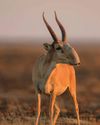
STEPPE CHANGE
Herds of saiga have returned to Kazakhstan, but there's a fine balance to tread
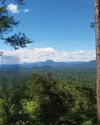
TREES FOR LIFE
Community is at the heart of conservation in the tropical forests of southern Belize
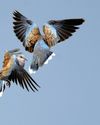
WHEN DOVES CRY
Turtle doves are now the UK's fastest declining bird species, but the RSPB is on a mission to save them

SURVIVAL OF THE CUTEST
We can't help being drawn to cute creatures, but our aesthetic preferences both help and hinder conservation
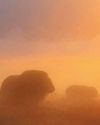
LIGHT ON THE NORTH
Spectacular images of Arctic foxes, reindeer and musk oxen reveal the wild beauty and diversity of Scandinavia
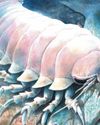
ROLLING IN THE DEEP
The super-sized crustacean that lives in the deepest, darkest ocean
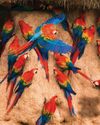
LET'S GET TOGETHER
Clay licks deep in the Amazon explode in a riot of colour, with macaws the stars of the show

FEMALE OF THE SPECIES
To sponge or not to sponge? That is the question for the bottlenose dolphins (Tursiops aduncus) living in Shark Bay, Western Australia.
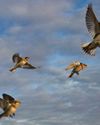
7 nature encounters for the month ahead
WITH NATURALIST AND AUTHOR BEN HOARE